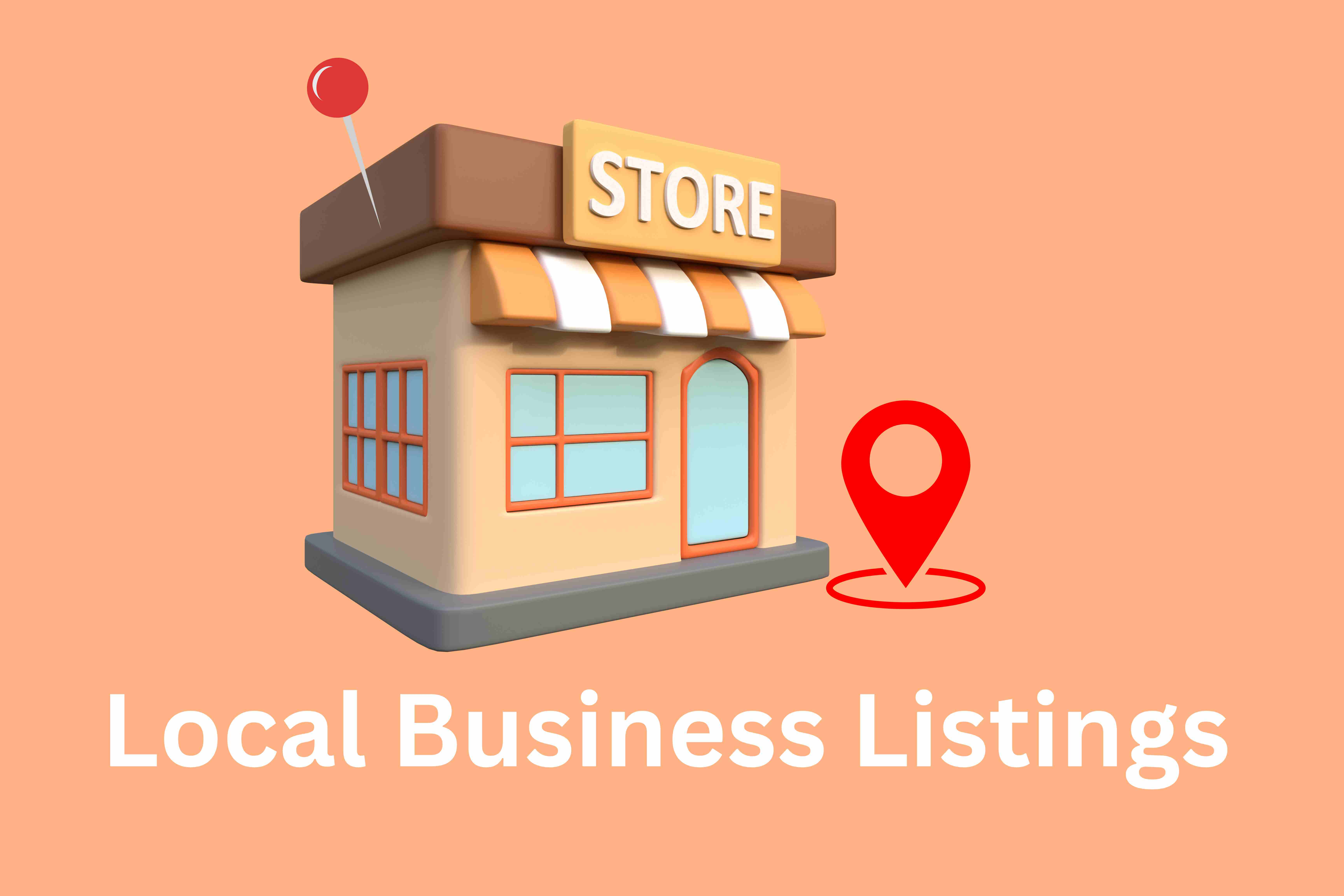Local business listings are a crucial element for enhancing your online store’s visibility and driving more organic traffic. By optimizing your presence in local directories, you can attract more local customers and improve your search engine rankings. This comprehensive guide will provide actionable tips and the latest SEO trends relevant to local business listings, optimizing local directories, and local SEO listings.
Table of Contents
- Introduction
- Understanding Local Business Listings
- Importance of Local Business Listings for SEO
- Claiming and Verifying Your Business Listings
- Optimizing Your Local Business Listings
- Managing and Monitoring Your Listings
- Latest SEO Trends in Local Business Listings
- Conclusion
- About Don Hesh SEO
1. Introduction
In today’s competitive digital landscape, local business listings play a vital role in attracting customers to your store. Optimizing your presence in local directories not only enhances visibility but also drives organic traffic to your website. This article will guide you through the process of optimizing your local business listings to achieve better SEO results.
2. Understanding Local Business Listings
Local business listings are online profiles that contain information about your business, such as your name, address, phone number, and website. These listings appear in local directories like Google My Business, Yelp, Bing Places, and others.
Key Elements of a Local Business Listing
- Business Name
- Address
- Phone Number
- Website URL
- Business Hours
- Categories
- Photos and Videos
- Customer Reviews
3. Importance of Local Business Listings for SEO
Optimizing local business listings is critical for local SEO. Accurate and consistent information across all listings helps search engines verify the legitimacy of your business and improve your local search rankings.
Benefits of Optimizing Local Business Listings
- Increased Visibility: Appear in local search results and on map listings.
- Improved Search Rankings: Enhance your local SEO by providing consistent business information.
- Enhanced Credibility: Build trust with potential customers through accurate and detailed listings.
- Better User Experience: Provide customers with essential information about your business.
4. Claiming and Verifying Your Business Listings
Claiming and verifying your business listings is the first step in optimizing your presence in local directories.
Steps to Claim and Verify Your Listings
- Google My Business: Create or claim your business profile on Google My Business, then verify it through mail, phone, or email.
- Yelp: Claim your business on Yelp and complete the verification process.
- Bing Places: Add or claim your business on Bing Places and verify it via mail or phone.
Tips for Successful Verification
- Provide Accurate Information: Ensure all details are correct and consistent across platforms.
- Choose the Right Category: Select the most relevant category for your business.
- Use a Local Phone Number: Avoid using toll-free numbers to improve local relevance.
5. Optimizing Your Local Business Listings
Once you have claimed and verified your listings, it’s time to optimize them for better visibility and search rankings.
Key Optimization Strategies
- Complete All Fields: Fill out every section of your business profile with accurate and detailed information.
- Add High-Quality Photos and Videos: Visual content enhances your listing and attracts more customers.
- Use Relevant Keywords: Incorporate local keywords naturally into your business description and other sections.
- Encourage Customer Reviews: Positive reviews boost your credibility and improve your local search rankings.
- Update Regularly: Keep your listings up-to-date with current business hours, contact information, and promotions.
6. Managing and Monitoring Your Listings
Managing and monitoring your local business listings is crucial for maintaining accuracy and consistency across all platforms.
Best Practices for Managing Listings
- Regular Audits: Periodically review your listings to ensure all information is accurate and up-to-date.
- Respond to Reviews: Engage with customers by responding to reviews, both positive and negative.
- Monitor Performance: Use analytics tools to track the performance of your listings and make data-driven decisions.
Tools for Monitoring Listings
- Google My Business Insights: Track how customers find and interact with your listing.
- Yelp for Business Owners: Monitor views, customer actions, and reviews.
- Moz Local: Manage and monitor your local listings across multiple directories.
7. Latest SEO Trends in Local Business Listings
Staying updated with the latest SEO trends is essential for maintaining a competitive edge.
Current Trends
- Voice Search Optimization: Optimize your listings for voice search by using natural language and long-tail keywords.
- Mobile Optimization: Ensure your listings are mobile-friendly, as most local searches are conducted on mobile devices.
- Local Link Building: Build local backlinks to enhance your authority and improve local search rankings.
- Schema Markup: Use structured data to help search engines understand your business information better.
8. Conclusion
Optimizing your local business listings is a powerful strategy for enhancing your online presence and driving organic traffic. By claiming and verifying your listings, optimizing them with relevant keywords and high-quality content, and staying updated with the latest SEO trends, you can significantly improve your local SEO performance and attract more customers to your business.
About Don Hesh SEO
Don Hesh SEO specializes in providing expert SEO consulting and Google Ads management services. As a leading SEO consultant and Google Ads consultant, we help businesses optimize their online presence and drive organic traffic through effective local SEO strategies. Contact Don Hesh SEO to elevate your digital marketing efforts and achieve your business goals.



